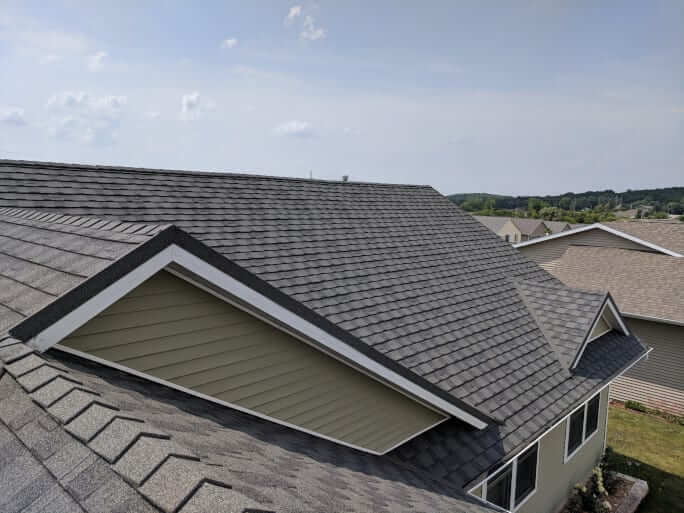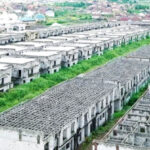Experts in the built environment have identified steel as a better option than wood, one of the most widely used materials in roofing. Usually, wood or steel is used for rafters or trusses to form the framework on which the roof sits and specialists have agreed that steel offers a premium on house production quality over wood.
Roofing, one of the most critical components of the house production processes, firstly, gives a structure beauty and panache but the experts have deduced many other reasons why steel is more advantageous, especially in a world being impacted negatively by climate change.
According to Emmanuel Madu, a structural engineer and the Managing Director of Shungrila Estate Limited, steel trusses may be preferred for their many structural benefits and design possibilities when compared to wood trusses.
He said, “Steel has a better strength-to-weight ratio when compared to wood, which means fewer quantities of steel are needed to construct the same building framework. Steel is more durable than wood provided it is maintained and protected.”
- Conte not happy about quick Premier League restart
- Residence with 360-degree sky view of city centre unveils in Abuja
He also said steel has better fire-resistant properties than wood, which is highly porous, adding that most steel types can withstand the effects of moisture, especially when protected.
Madu further said “Steel is highly recyclable and can be reprocessed into useful steel products as well as being generally quick and easy to install with less labour-intensive operations during installation.
“And with proper education of construction professionals regarding the above advantages, they will begin to consider favourably the use of steel trusses in their housing projects.
He, therefore, said, for the housing deficit to be bridged, the government should encourage small and medium scale enterprises to establish steel fabrication companies including encouraging built environment professional designers to be specifying steel trusses in their housing projects.
“Ultimately, the use of steel trusses for roofing in housing projects will limit the use of wood, which reduces deforestation and ushers in a more eco-friendly construction sector,” he added.
For Mr. Lawrence Utsaha, an architect who has innovative ideas that can revolutionise the built environment, it is critical that the knowledge gap of professionals in the built environment on the obvious advantages of steel utilisation should be bridged.
He said steel has many advantages in building construction and it is important to make it easily accessible and affordable.
According to him, “Steel has more accurate and equal cross-sections, to allow for more even distribution of imposed loads. It does not lead to deforestation and it sustains more imposed loads than wood and spans wider spaces unsupported below.”
He stressed that when using steel in construction, “The finished work has better finesse with undulations almost completely eliminated and it is easier to demount and reuse elsewhere as it can be bolted or welded into place.”
Utsaha added that “It is faster to assemble in small buildings, thus saving delivery time, and has more longevity when properly treated with anti-rust coatings.”
He emphasised that if steel is made more readily available and more affordable, it can be better embraced, saying “the reason many folks prefer wood is because of affordability. So an increase in local production is necessary for affordability and acceptability.”

 Join Daily Trust WhatsApp Community For Quick Access To News and Happenings Around You.
Join Daily Trust WhatsApp Community For Quick Access To News and Happenings Around You.


